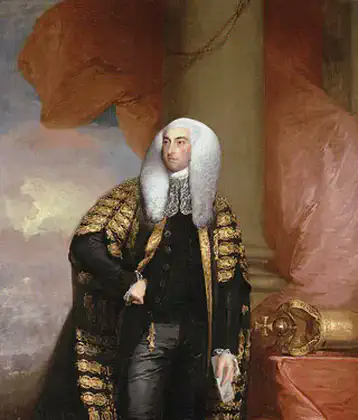
The English parliament, alarmed at the apparent undermining by native influences of the settler populations Englishness, passes the Statute of Kilkenny, the name given to a body of laws promulgated in 1366 with the object of strengthening the English authority in Ireland. This aims to halt the widespread adoption by the Norman-Irish, especially in frontier
This statute was written in Norman-French, and nineteen of its clauses are merely repetitions of some ordinances which had been drawn up at Kilkenny fifteen years earlier. It began by relating how the existing state of lawlessness was due to the malign influence exercised by the Irish over the English, and, like Magna Carta, first positive provision declared that the church should be Free. As a prime remedy for the prevailing evils all marriages between the two races were forbidden.
Englishmen must not speak the Irish tongue, nor receive Irish minstrels into their dwellings, nor even ride in the Irish fashion; while to give or sell horses or armour to the Irish was made a treasonable offence. Moreover English and not Breton law was to be employed, and no Irishman could legally be receivd into a religious house, nor presented to a benefice. The statute also contained clauses fof compelling the English settlers to keep the laws.
For each county four wardens of the peace were to be appointed, while the sheriffs were to hold their tourns twice a year and were not to oppress the people by their exactions. An attempt was made to prevent the emigration of laborers, and finally the spiritual arm was invoked to secure obedience to these laws by threats of excommunication. The statute, although marking an interesting stage in the history of Ireland, had very little practical effect.
The Statutes of Kilkenny were a set of laws enacted in 1366 by the English-dominated Parliament of Ireland during the reign of King Edward III. The statutes were established in the city of Kilkenny and aimed to address issues of cultural assimilation and social integration between the Anglo-Norman settlers and the native Irish population. The third of these statutes is often referred to in historical discussions.
Intention
The Statutes of Kilkenny were primarily aimed at preventing the assimilation of the English settlers with the native Irish population. The English authorities sought to reinforce the distinction between the two communities, promoting English customs and discouraging intermarriage and cultural exchange.
Provisions of the Statute of Kilkenny
Language
One provision stated that English settlers should use the English language and dress, and they were prohibited from adopting Irish customs or using the Irish language.
Marriage
The statutes discouraged marriage between the Anglo-Normans and the Irish. It imposed penalties on those who married or fostered children with the Irish.
Social Interaction
The statutes discouraged social interaction between the two communities, aiming to prevent alliances and allegiances that might undermine English control.
Reaction and Enforcement
While the statutes reflected the English Crown’s desire to maintain control over Ireland, enforcing them proved challenging. The English settlers in Ireland often had economic and social ties with the native Irish population, making strict enforcement difficult.
Legacy
The Statutes of Kilkenny are often cited as an example of the difficulties the English Crown faced in trying to control and assimilate Ireland. Despite the statutes, there was ongoing interaction and intermarriage between the Anglo-Norman settlers and the native Irish, contributing to the complex cultural landscape of medieval Ireland.
The Statutes of Kilkenny did not achieve their intended goals of preventing cultural assimilation, and Ireland remained a region characterized by cultural diversity and interaction.
More From This Day




The Earl of Clare begins a 3-day visit to Trinity College, Dublin to purge United Irishmen; 19 are expelled
April 19, 1798

